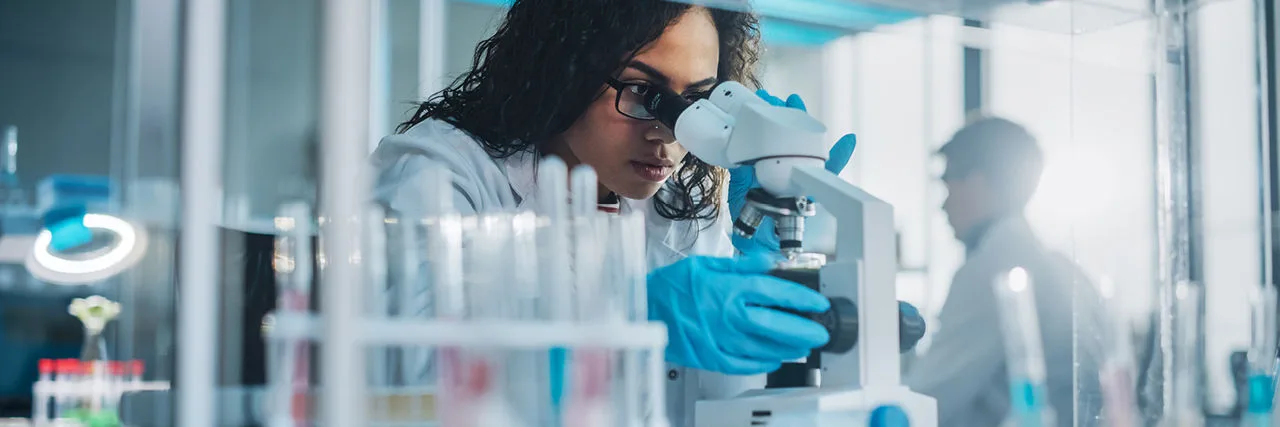While organs can be transplanted from deceased donors, tissues from the nervous system rapidly lose viability. The mechanisms of neuronal death, and the potential for reversing it, remain poorly defined. Dr. Fatima Abbas, a DRC-funded investigator at the University of Utah, in collaboration with Dr. Frans Vinberg (University of Utah) and Dr. Anne Hanneken (The Scripps Research Institute, La Jolla, CA), published a paper in Nature that questions the irreversibility of neuronal cell death in the retina, an investigation that has implications for visual rehabilitation and for the future of organ transplantation. In the study, the researchers characterized neuronal death and survival and identified conditions for reviving neuronal functioning in postmortem mice and human retinas. This study is a step toward better strategies for preserving the viability and engraftment capability of tissues and cells isolated from organ donors for transplantation, including the pancreas. Given the significant overlap of genes and proteins between pancreatic islet cells and neural tissues, the findings by Abbas and colleagues may have important implications for the improvement of islet cell transplant engraftment and long-term function in type 1diabetics.
Click HERE to read the full article.




